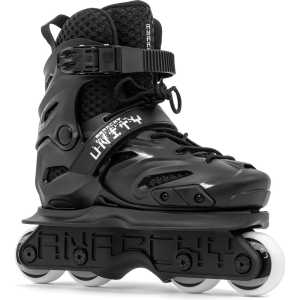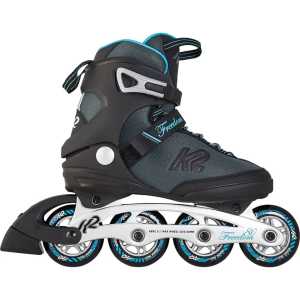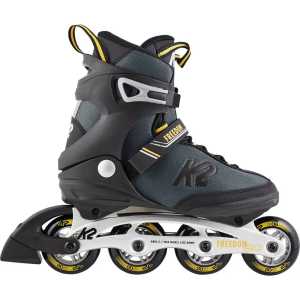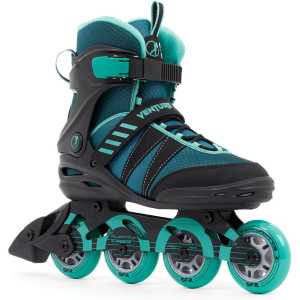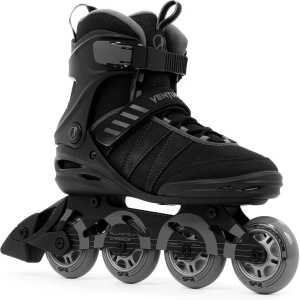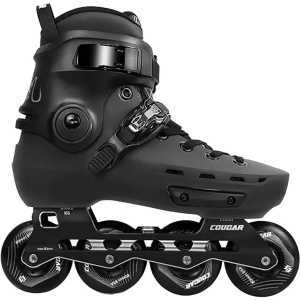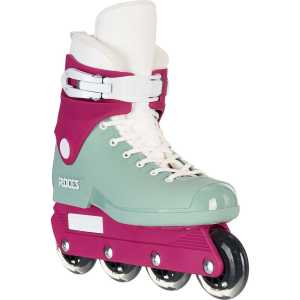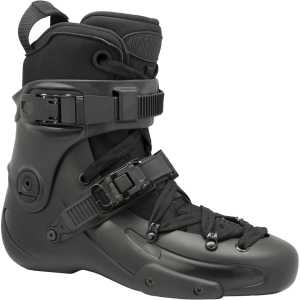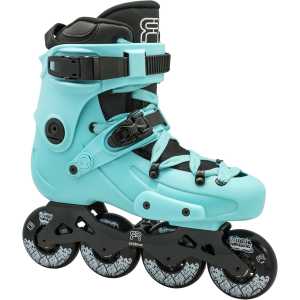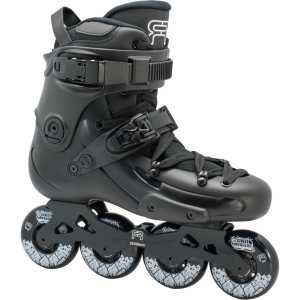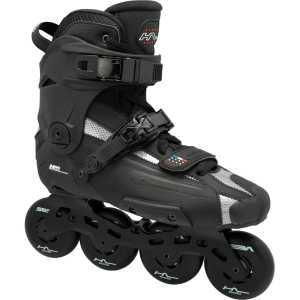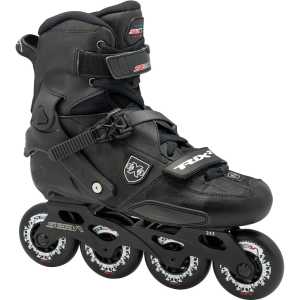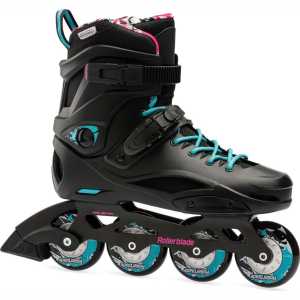Beginner’s Guide to Inline Skates
Whether you’re looking for a new hobby, a fun way to stay active, or a cool alternative to your daily commute, inline skating is an accessible and exciting way to get moving. But if you're just getting started, the amount of gear and advice out there can feel overwhelming. This guide is here to break it down for you, no fluff, just what you need to know to get confident.
Understanding Inline Skates and Why They’re Great for Beginners
Inline skates use a single line of wheels arranged down the centre of each boot. Compared to traditional quad skates, they’re typically faster and better suited to outdoor use, especially on smoother paths or urban surfaces.
Inline skates are popular for fitness, recreational cruising, and commuting. As you gain confidence, you can even explore more advanced styles like urban freestyle or aggressive skating. But for now, your focus should be on choosing the right gear and learning the basics.

Choosing the Right Gear
The right pair of skates can make or break your experience. Beginners should prioritise comfort, control, and support.
Skill Level and Boot Style:
If you’re new to skating, go for a high-cuff soft boot. The high cuff gives ankle stability, while soft boots are more breathable and generally more comfortable for longer sessions. Hard boots, which offer more durability and support, are better suited for advanced or aggressive skating.
Wheels and Frames:
Beginners should stick to wheels in the 72–80mm range. These offer more stability and manageable speed. Anything larger gets faster, but harder to control. Composite plastic frames are common in entry-level models because they absorb vibration and keep things smooth, while more experienced skaters may move toward aluminium for precision.
Fit and Sizing:
Your skates should feel snug, like a firm handshake, with minimal heel lift. A loose fit leads to poor control, while overly tight boots will cause pain and numbness. Always try on skates with the same type of socks you'll be skating in and take a few minutes to test how they feel when you move.
Falling is part of the learning process. Helmets, wrist guards, knee pads, and elbow pads are essential. Beginners especially benefit from wrist guards, since the instinctive reaction during a fall is to break it with your hands. Don’t skip this, it’s not just about staying safe; it also boosts confidence as you learn.

Learning the Basics
Start by finding a wide, flat, and smooth surface to practice, such as an empty car park, a quiet path in the park, or an outdoor court. Avoid hills, traffic, or uneven surfaces until you’ve mastered the fundamentals.
Body Position and Balance:
Stand with your knees slightly bent, feet about shoulder-width apart, and arms relaxed in front of you. Keep your weight low and centred over your skates; this helps with balance and makes it easier to react to unexpected movement.
Stopping:
Most beginner skates have a heel brake on the right skate. To stop, glide forward, place your braking foot slightly ahead of the other, and gently press down on the heel while bending your knees. It’s awkward at first, but it’s one of the most important skills to get comfortable with.
Turning:
Steering on rollerblades is subtle. Gently lean in the direction you want to go and guide with your hips rather than your feet. Practice slow, wide turns before progressing to quicker, sharper changes in direction.
Common Mistakes to Avoid:
Standing too upright reduces your balance and makes it harder to recover from wobbles. Always keep a slight bend in the knees. Looking down at your feet throws off your centre of gravity, keep your eyes forward, and your body will naturally follow. Trying to go too fast, too soon, is also a recipe for frustration. Focus on control over speed.

Building Confidence and Progressing
Start with short, consistent practice sessions, 10 to 20 minutes a few times a week is better than one long, exhausting day. As your comfort grows, increase your time, try different surfaces, and start exploring new techniques like the T-stop, backwards skating, or even light slalom.
Online tutorials, skate community forums, and local skate meetups can be great resources for support and tips. Skating is also more fun when shared; invite a friend to learn with you, or find a local group through social media.
Lastly, don’t underestimate the value of repetition. Even advanced skaters still drill the basics. Mastery comes from confidence, and confidence comes from experience.
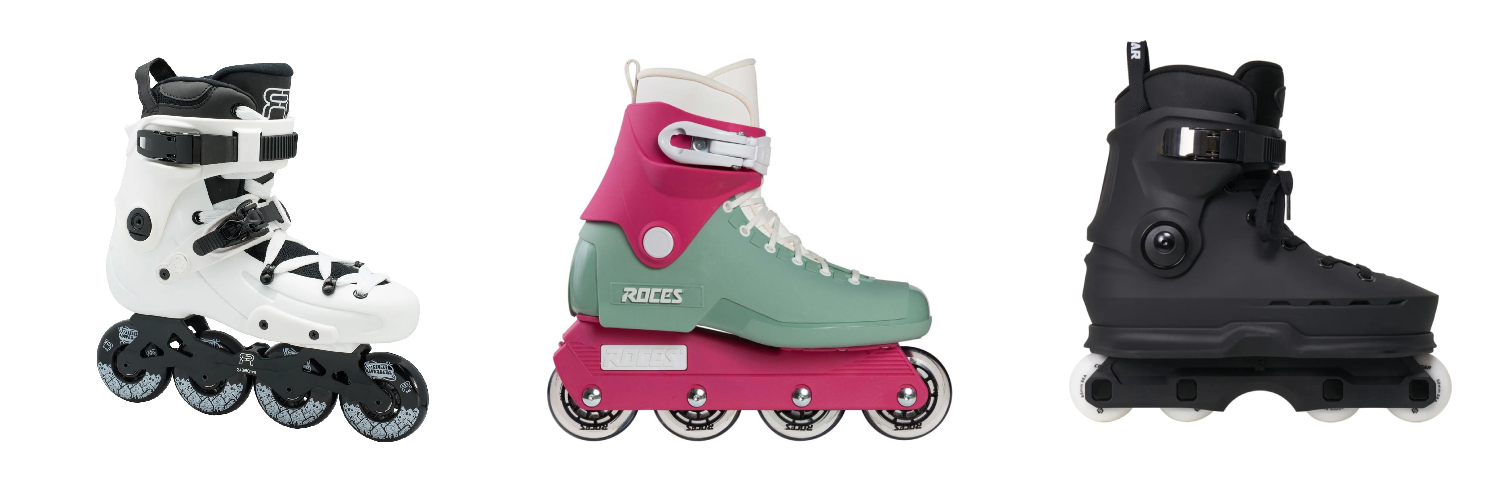
Inline Skatingis an incredibly fun and effective way to stay active. It improves balance, coordination, cardiovascular fitness, and just feels good once you hit your flow. Starting out may feel awkward, but with the right gear, a little patience, and some practice, you’ll be gliding comfortably before you know it.



